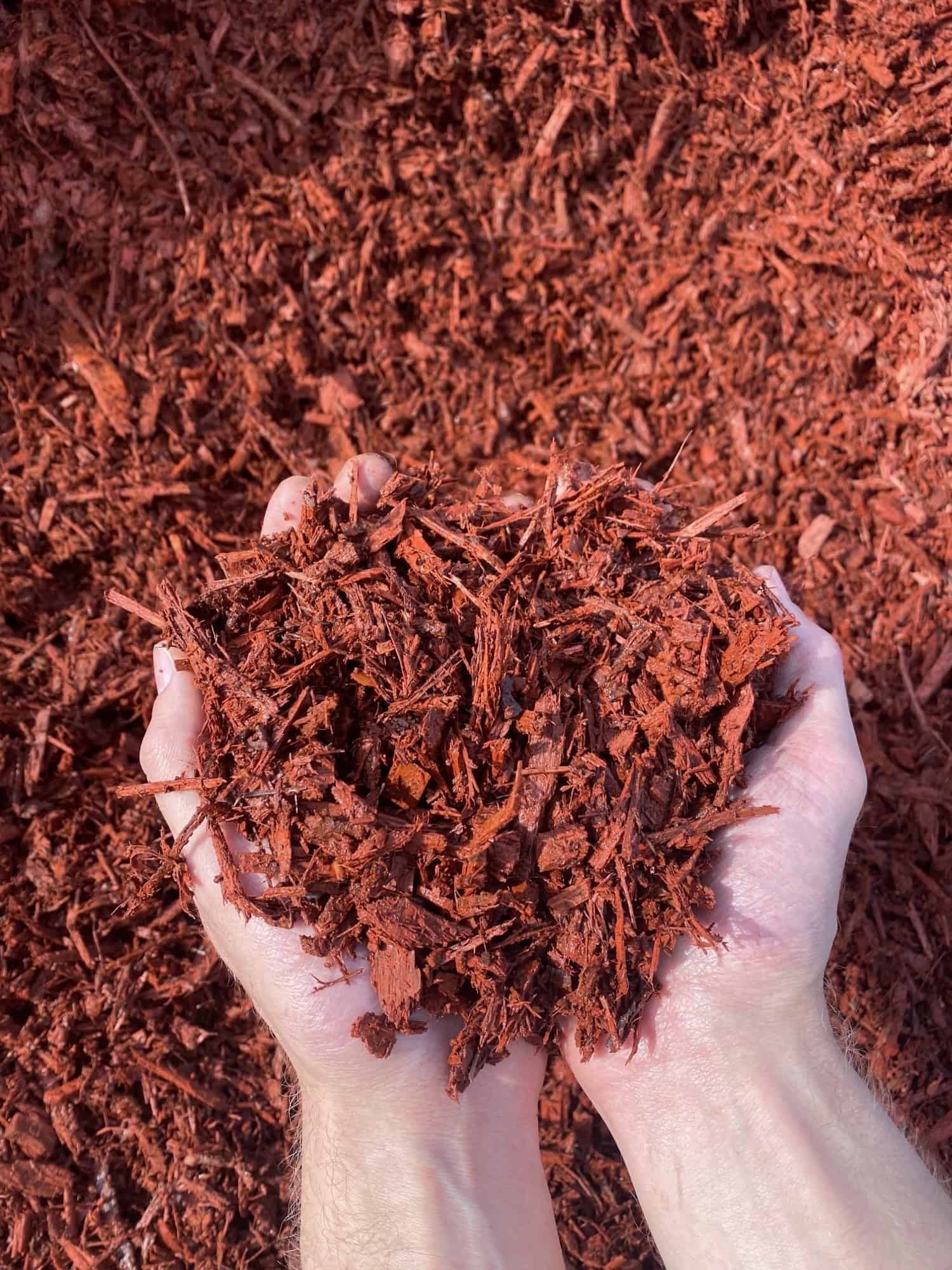Unleashing the Power of Mulch: Your Garden’s Secret Ally

Welcome to the gardener’s secret weapon—mulch. This unassuming hero of horticulture doesn’t just dress your garden beds in earthy elegance; it wields the power to drastically improve plant health, conserve water, and fend off weeds. Let’s delve into the benefits of mulch and uncover how to harness its full potential in your garden.
What is Mulch?
Mulch is a layer of material applied to the surface of soil, and it comes in various organic and inorganic forms. Organic mulches include shredded leaves, straw, wood chips, bark, and compost, while inorganic options comprise stones, black plastic, and landscape fabric.
Advantages of Garden Layering
- Conserving Water: Applying this material to your garden beds can significantly reduce the amount of moisture lost to the air, keeping the ground damp for longer periods. Research indicates that a garden bed treated in this way can retain almost double the moisture compared to one that isn’t.
- Suppressing Weeds: Spreading this garden layer acts as a barrier, diminishing the sunlight that reaches the earth and helping to keep those unwelcome plants at bay.
- Regulating Soil Climate: This layering technique serves as a protective blanket for your garden, moderating the earth’s temperature and creating a more stable environment for plant roots.
- Enriching the Soil: As it breaks down, especially organic types, it becomes a source of nourishment, enhancing the soil’s quality and supporting its ecosystem.
- Discouraging Pests: Some variants, such as those derived from cedar, contain natural compounds that serve as deterrents to insects.
- Combatting Erosion: It helps to cushion the impact of rain on the garden bed, reducing the displacement of soil.
- Enhancing Visual Appeal: A garden adorned with this layer presents a neat and well-maintained appearance, contributing to the overall aesthetic of the space.
Applying Ground Cover
Unlock the benefits of ground cover in your garden by following these application steps:
- Prepare the Ground: Clear weeds and debris from the area where you’ll be adding the ground cover.
- Select Your Ground Cover: Choose the type that best fits the needs of your garden.
- Distribute Evenly: Spread the ground cover evenly around your plants, being careful not to make contact with their stems or trunks.
- Apply the Correct Thickness: Aim for a layer of 2-4 inches. Too thin won’t effectively suppress weeds, while too thick might stop water from reaching the soil.
- Top Up as Required: Organic ground cover will break down over time, so add a new layer as needed to keep up its benefits.
- Keep Away from Structures: Ensure it’s kept a few inches from house foundations and wooden structures to prevent pests like termites from getting easy access.
- Take the Season into Account: The time of year can determine the kind of ground cover you choose and how you apply it. In spring, a thinner layer can be used to allow the soil to warm up, while in summer, a thicker layer can help maintain moisture and keep roots cool.
- Don’t Pile High Around Trees: Avoid the common mistake of piling high around the base of a tree, forming a “volcano,” which can lead to excess moisture and potential rot or disease. Instead, create a “donut hole” around the base where the ground cover is thinner.
- Use in Potted Plants: Ground cover isn’t just for garden beds. A layer in potted plants can help lock in moisture, regulate temperature, and add an aesthetic touch.
- Water After Application: Once you’ve applied the ground cover, water it. This will help to anchor it in place and kickstart the process of soil enrichment.
- Guard Young Plants: Be cautious not to smother newly planted or young plants with ground cover. It’s best to leave a small area around the base of the plant ground cover-free to allow room for growth.
- Apply in the Fall: Applying ground cover in the fall can help protect your plants from winter weather. A thick layer can act as an insulator, keeping the soil warmer and protecting roots from freezing temperatures.
- Think About Ground Cover Color: The color can impact both its functionality and aesthetic. Darker colors absorb more heat and can help warm the soil, while lighter ones reflect light and keep the soil cooler. Choose a color that fits your garden’s needs and style.
| Factors When Choosing Mulch | Examples |
|---|---|
| Type of Plants | Wood chips for a shrub bed, straw for a vegetable garden |
| Climate | Depends on local weather conditions |
| Aesthetic Preferences | Depends on desired color, texture, and overall look |
Mulch in Action: Real-Life Examples
Imagine a vibrant garden where flowers bloom with vigor, and vegetables grow robustly. This is the potential of a mulched garden. In one case study, a homeowner found that after consistent mulching, their water usage decreased by 25%, and their yield of tomatoes increased significantly.
Transform your garden with the protective, nourishing layer of mulch. Whether you’re a seasoned gardener or just starting, mulch can be your ally in creating a thriving, sustainable landscape. Visit Stump Grinding Wake Forest to learn more about mulch options and gardening tips, or call us at 1-855-627-8867 to schedule a consultation.


